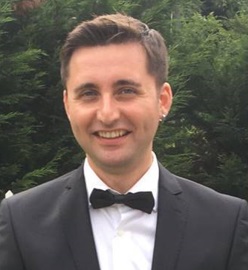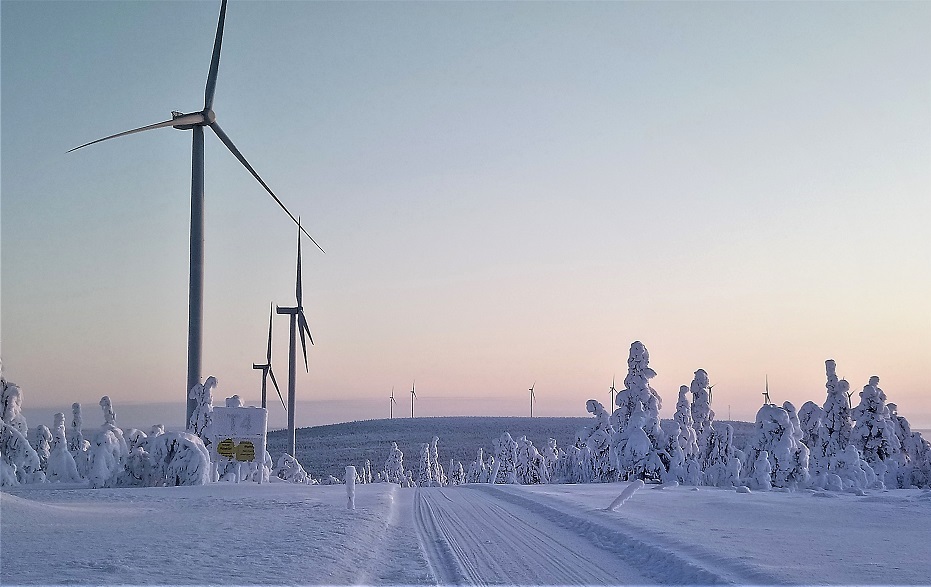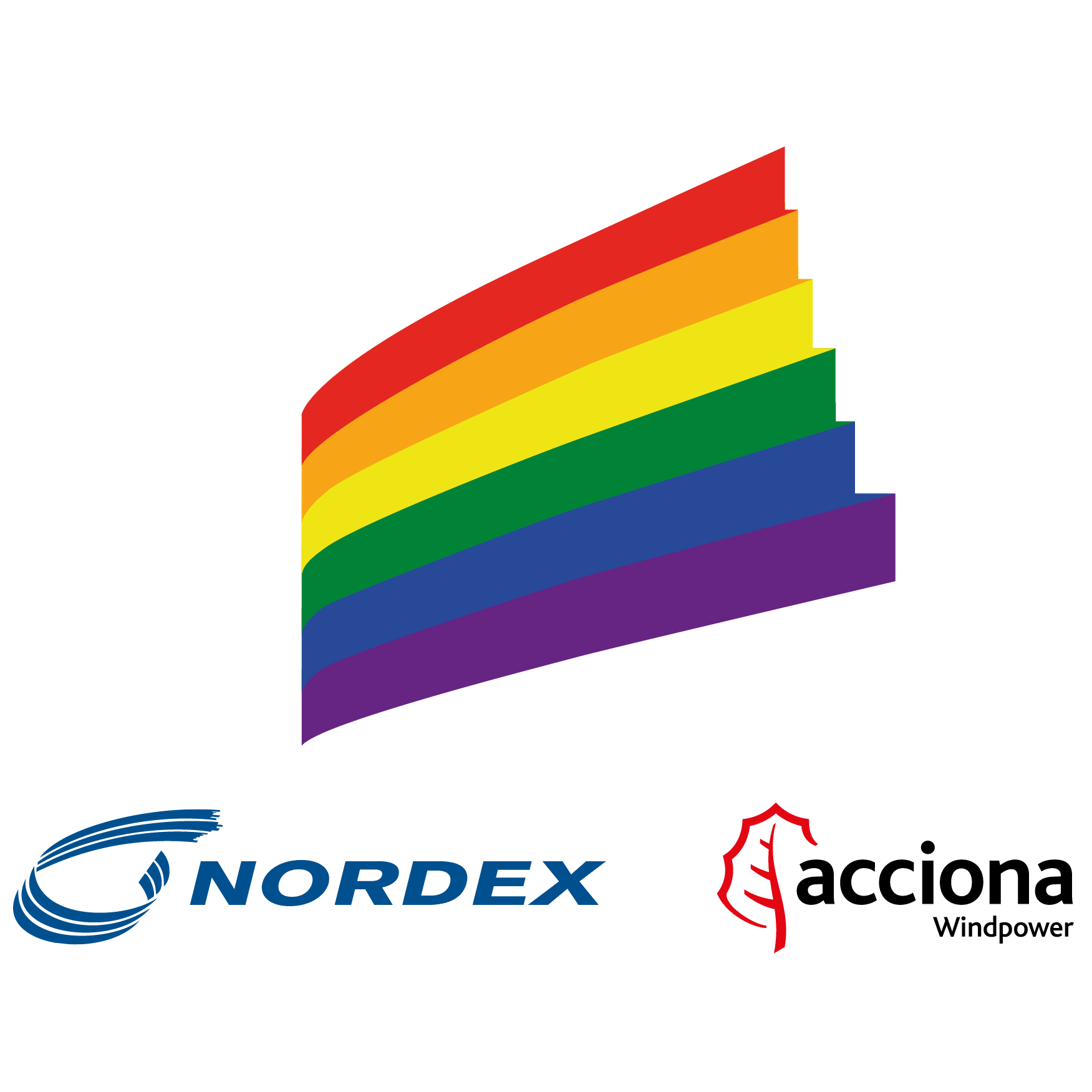Interview: Advanced Anti-icing explained
In this interview with Alper Kayhan, the Lead Sales Engineer in the Nordic region, we look into Nordex Group’s Advanced Anti-icing System. The interview is investigating what the Advanced Anti-icing System is, how it works, in what conditions we use it and how it differs from other anti-icing systems in the countries of the Nordic region.

Who are you and what do you do at Nordex Group?
My name is Alper Kayhan. I am the Lead Sales Engineer in the Nordics. Generally, I am providing technical sales support to our sales team, together with my sales engineering colleagues in the region.
More specifically, technical sales support means technical negotiations with our clients, consultants and authorities from the very early sales phase to the execution phase of the wind farm projects, as well as preparation of technical parts of contracts, tender replies, presentations and related technical studies.
What is the Advanced Anti-icing System?
AAIS (Advanced Anti-Icing System) simply uses electrical resistance heating, more specifically AI-D Conductor Heating Elements, underneath the blade surface to melt the ice formation on blades.
If icing conditions appear and if reasonable amount of ice covers the blade surface, then two options could be applied:
- Turbine operation could be stopped to protect the structural integrity of turbine.
- Icing can be removed via AAIS.
As results of these two options above:
- Stopping turbines can cause reduced energy production in icy wind farms.
- Utilising AAIS can result in continuous production even when there is icing conditions around the wind farm.
How does the AAIS work?
AAIS is an autonomous system. It first detects the icing via meteorological ice sensor that is located on the top of nacelle of the turbine.
Second, if the icing is at a reasonable level, the sensor activates the AAIS heating elements placed underneath the blade surface. Then, AAIS removes the ice formation and enables continuous operation. When icing conditions are over, AAIS stops working automatically until new icing conditions appear. AAIS is connected to Nordex SCADA system so it is possible to monitor its activity.
When do we use the AAIS?
We use AAIS especially for wind farms around the Arctic Circle in Sweden, Finland and Norway. In three steps, our clients can come to a decision of using AAIS:
First step is the investigation phase. Investors could check the icing conditions of their wind farm and potential icing loss (production loss due to icing) in a wind farm via a third party company. Investors can also check AAIS technology with Nordex and icing warranty conditions.
Second step can be the assessment phase. Our clients can anticipate the benefit of having AAIS so they can understand how much icing loss AAIS can recover throughout the operational lifetime of the wind farm. In short, they can evaluate the effect of having AAIS in their financial model.
Third step is the decision phase. If financial model is reflecting a positive figure, then AAIS could be added to the project scope.

What differs between our Advanced Anti-icing System and other turbine suppliers systems?
Nordex has more than 10 years of experience in Anti-icing technologies. In these 10 years, we had the chance to improve the efficiency of our Anti-icing system as well as our expertise level. Following the introduction of our Delta4000 turbine platform, we also had a chance to introduce our Nordex AAIS to several markets and install AAIS since 2018.
Today, Nordex AAIS is more efficient than before; because it combines Anti-icing and lightning protection functions (heating power is effective on lightning protection system and heating elements). As a result, system complexity and manufacturing process is simplified, heated surface area is increased, AAIS energy consumption is lowered, the weight of AAIS is reduced and it prompts less loads.
There are several anti-icing and de-icing technologies used in the industry. For example, blade heating system with hot air circulation in blade or AI-C Carbon Heating element usage on blade surface are just some of them. Each technology has its own pros and cons. I kindly advise investors to check the performance of each technology and icing warranty conditions with turbine manufacturers to find the best fit for them.
Finally, we are proud of Nordex AAIS, which is our proven and certified technology and we fully trust in its performance in the wind industry. If you are interested, you can read more about our cold climate solutions.
